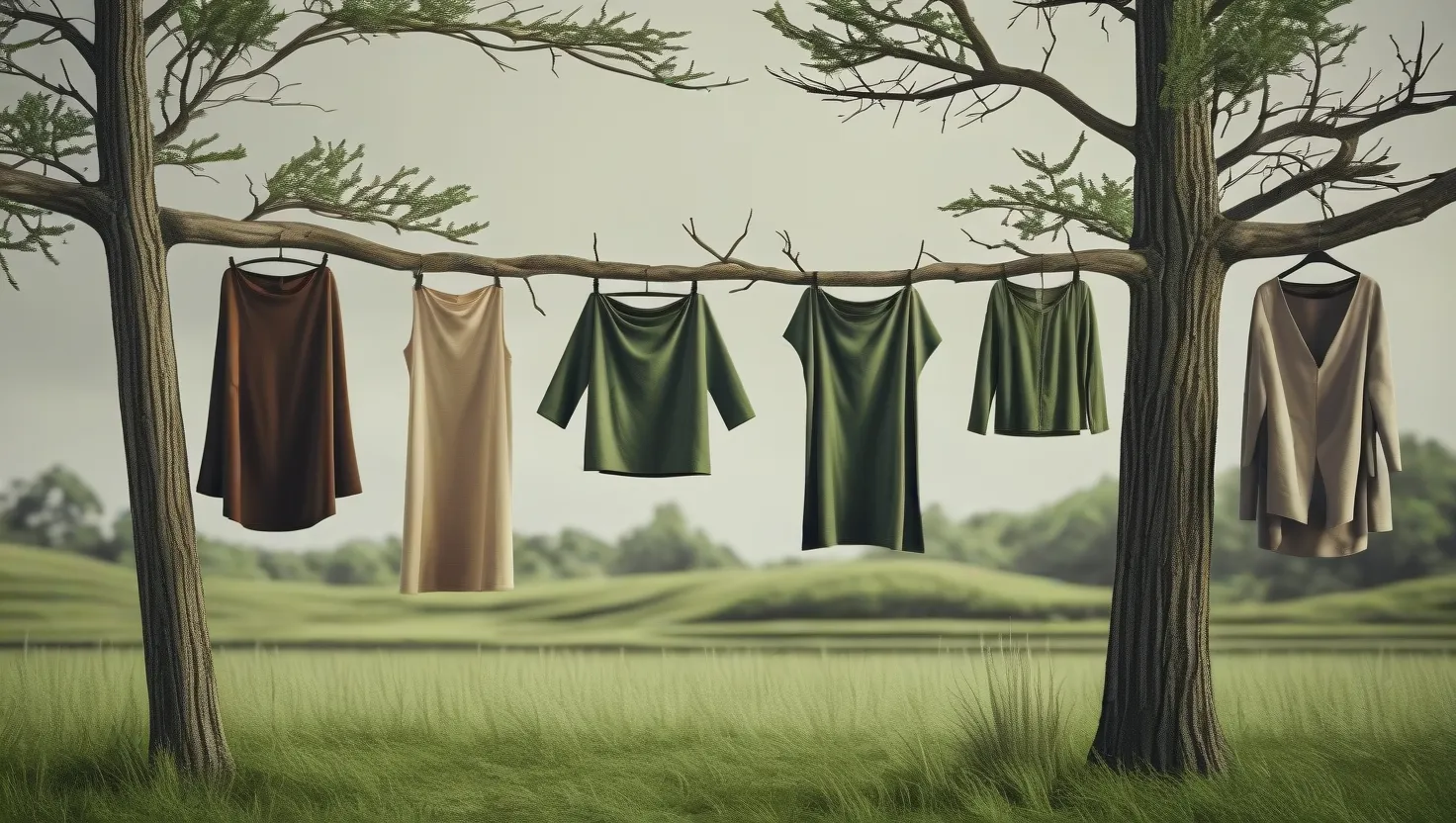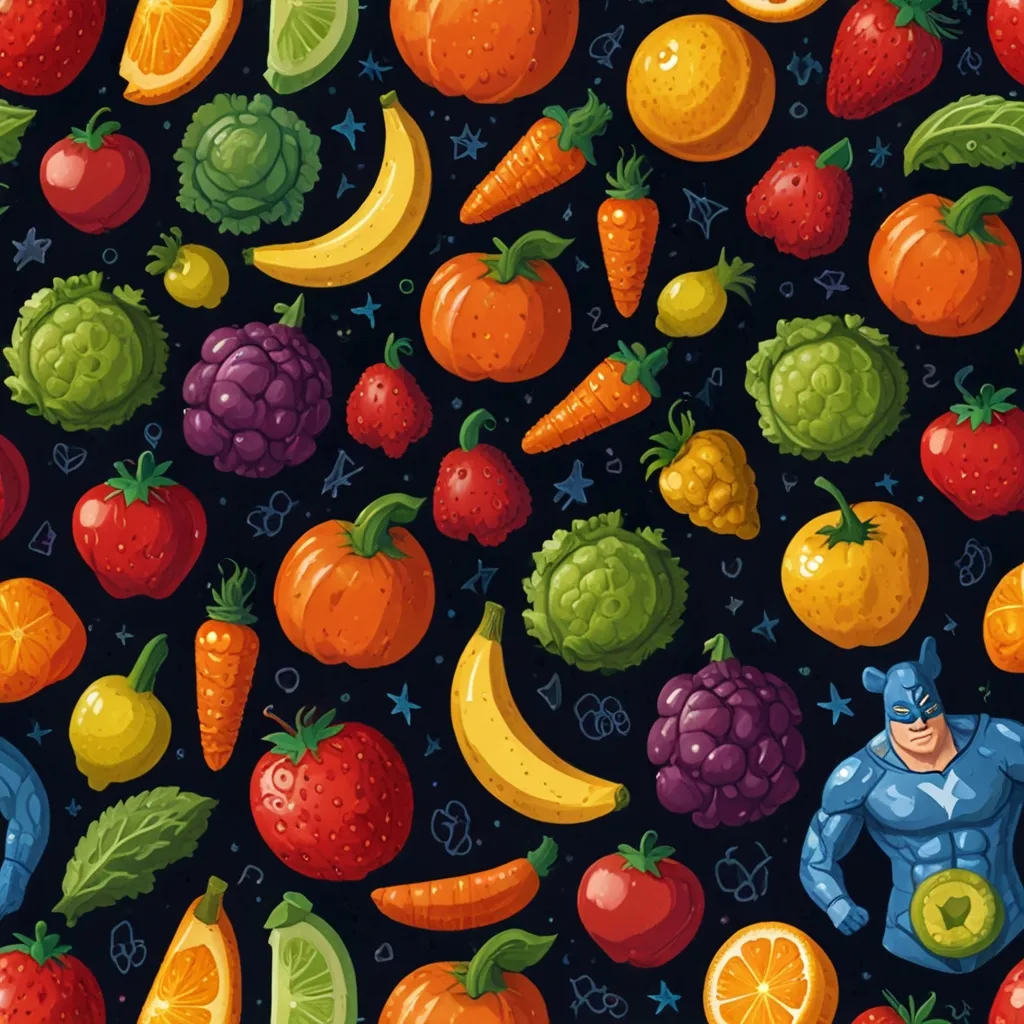In a world where trends change almost as quickly as the seasons, the fashion industry has been at the forefront of this fast-paced culture, often at the expense of the environment and social justice. However, a growing movement is challenging this status quo: slow fashion. This approach is not just a style, but a philosophy that emphasizes quality, sustainability, and ethical production.
Slow fashion is the antithesis of fast fashion, which has dominated the industry for decades. Fast fashion is all about producing trendy, affordable clothes at lightning speed, often using synthetic materials like polyester that are derived from petroleum and contribute significantly to environmental damage. The production process guzzles up vast amounts of water, energy, and chemicals, and with trends changing faster than ever, clothes are often discarded after just a few wears, leading to a staggering increase in textile waste. Our landfills are brimming with discarded clothes, many of which don’t decompose and release harmful toxins as they break down.
In contrast, slow fashion focuses on quality, durability, and sustainability. It champions natural, organic, and recycled materials that are kinder to the planet. By emphasizing timeless designs and high-quality craftsmanship, slow fashion creates pieces that last, reducing the need for constant replacements and cutting down on textile waste. This approach is inspired by the slow food movement, advocating for a deeper appreciation of the quality and origin of products.
One of the key principles of slow fashion is the concept of buying better-quality garments that will last longer. This means investing in pieces made from sustainable processes and lower-impact fabrics like organic cotton, linen, or recycled materials. These fabrics not only reduce the environmental impact but also celebrate the art of clothes making and the skills of craftspeople. For instance, a well-made organic cotton top can last for years, unlike the cheap polyester tops that unravel after a few wears.
Slow fashion also encourages consumers to adopt a more mindful approach to their wardrobe choices. It asks us to take a step back and decide if we really need something new or if we can shop our closet for some forgotten piece that maybe just needs a small repair. This approach promotes the idea of buying fewer garments less often and opting for second-hand when possible. When buying new, it advocates for investing in higher quality pieces that are made to last.
The environmental benefits of slow fashion are significant. The fashion industry is one of the largest consumers of natural resources and producers of waste, responsible for almost 10% of all carbon emissions. Producing clothing can lead to water scarcity by polluting large bodies of water with dyes and toxins that harm both humans and aquatic life. For example, manufacturing just one pair of jeans emits the same amount of greenhouse gases as driving a car for almost 70 miles. Slow fashion aims to reduce these impacts by minimizing water use, avoiding toxic chemicals, and utilizing renewable energy sources.
Beyond the environmental benefits, slow fashion is also committed to ethical labor practices. It ensures fair wages, safe working conditions, and respect for workers’ rights. By supporting artisans and small-scale producers, slow fashion strengthens local economies and preserves traditional crafts. This approach is a stark contrast to the fast fashion model, which is often associated with social injustice and economic exploitation.
The economic aspect of slow fashion is another compelling reason to adopt this approach. While slow fashion items may come with a higher price tag initially, their longevity and superior quality make them a smart investment in the long run. By opting for fewer, better-made pieces, you can build a versatile, sustainable wardrobe that saves money over time. Shopping second-hand and upcycling items to give them new purposes are also cost-effective strategies that align with the slow fashion ethos.
Slow fashion brands often have distinct characteristics that set them apart from their fast fashion counterparts. These brands typically produce garments from high-quality, lower-impact materials and release fewer, specific styles per collection. Many adopt a made-to-order approach to reduce unnecessary production, and their garments are often sold in smaller, local stores rather than huge chain enterprises. This local and seasonless approach ensures that the clothes are more timeless than trendy, reflecting the place and culture of the people wearing them.
The care process is also crucial in promoting the principles of slow fashion. Using gentle, eco-friendly products to clean and preserve delicate fabrics can significantly extend the life of your clothes. For instance, a biodegradable formula that is gentle on the environment and saves water and energy is perfect for the slow fashion ethos. This mindful approach to garment care is part of the broader strategy to reduce waste and minimize the environmental impact of clothing production.
As consumers, we have the power to drive change in the fashion industry. By choosing slow fashion and caring for our clothes responsibly, we can make a significant difference in creating a more sustainable and equitable world. This movement is not just about changing how we make or buy our clothes; it’s about how we connect with them. Slow fashion is pushing us to think longer-term about our gear, from its durability to its tale and the eco-footprint it leaves behind.
In a world dominated by fast fashion, choosing slow fashion is an act of rebellion – a statement that one values sustainability, quality, and ethical practices over the transient allure of cheap, disposable clothing. This movement is gaining serious momentum, proving that style doesn’t have to be at odds with sustainability. It’s a real shift in the fashion universe where looking good and doing good go hand in hand.
Slow fashion is redefining style in a fast-paced world by encouraging a more thoughtful and environmentally conscious approach to clothing. It’s about prioritizing quality over quantity, valuing craftsmanship, and making choices that are beneficial for both the planet and its inhabitants. As awareness and popularity of slow fashion increase, the planet and all its inhabitants are set to benefit from this slower and more considered approach to fashion.
In essence, slow fashion is a commitment to sustainable and ethical practices, focusing on creating garments that are durable, timeless, and often made from eco-friendly materials. It supports sustainable brands that prioritize fair trade practices and transparency in their supply chain. By choosing sustainable materials and local production, slow fashion brands minimize their environmental impact and promote ethical fashion practices, ensuring fair wages and safe, healthy working conditions for workers.
As we move forward, it’s clear that slow fashion is not just a trend but a movement towards a more sustainable and ethical world of fashion. It’s about shaking up the system and challenging the throwaway mentality of the mainstream fashion industry. By embracing slow fashion, we are making a bold statement that we value sustainability, quality, and ethical practices more than just keeping up with the latest fads. This is where the future of fashion lies – in a world where style and sustainability are not mutually exclusive, but intertwined.






